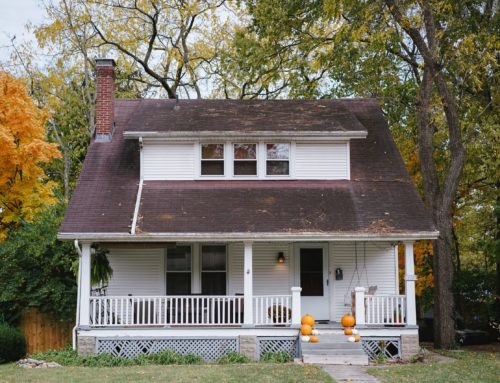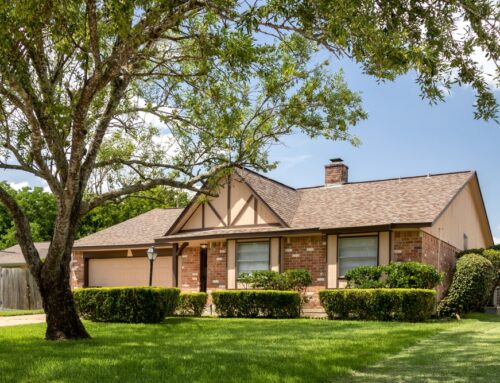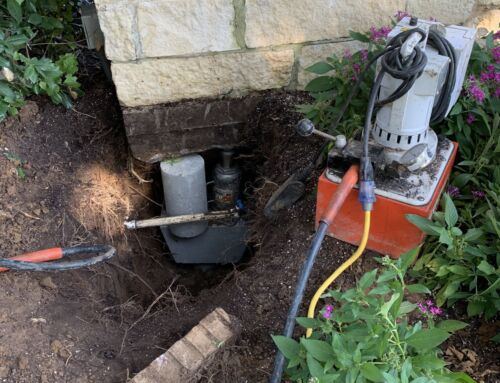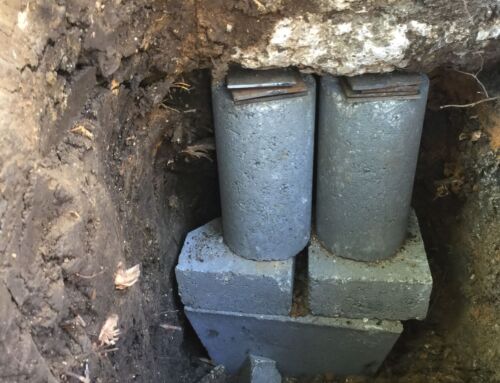Pier and beam foundations are common in older homes across Fort Worth, Irving, and Grapevine, offering flexibility and access for repairs. But over time, issues like soil movement, wood rot, and moisture buildup can cause floors to sag and structural components to weaken. That’s where house leveling comes in—a critical repair method to restore your home’s stability and correct foundation settling.
If your home sits on a pier and beam foundation and you’re noticing signs of unevenness, here’s exactly what you can expect from the house leveling process.
What Is a Pier and Beam Foundation and Why Does It Settle?
Pier and beam foundations are supported by concrete piers or blocks that hold up wooden beams and joists. Beneath these homes is a crawl space, which allows easy access to plumbing, electrical lines, and structural components.
In North Texas, the main culprit behind settling is expansive clay soil, which swells when wet and shrinks during dry conditions. This shifting movement can cause the piers to sink or tilt, and the wooden beams to sag or rot over time—leading to the need for house leveling.
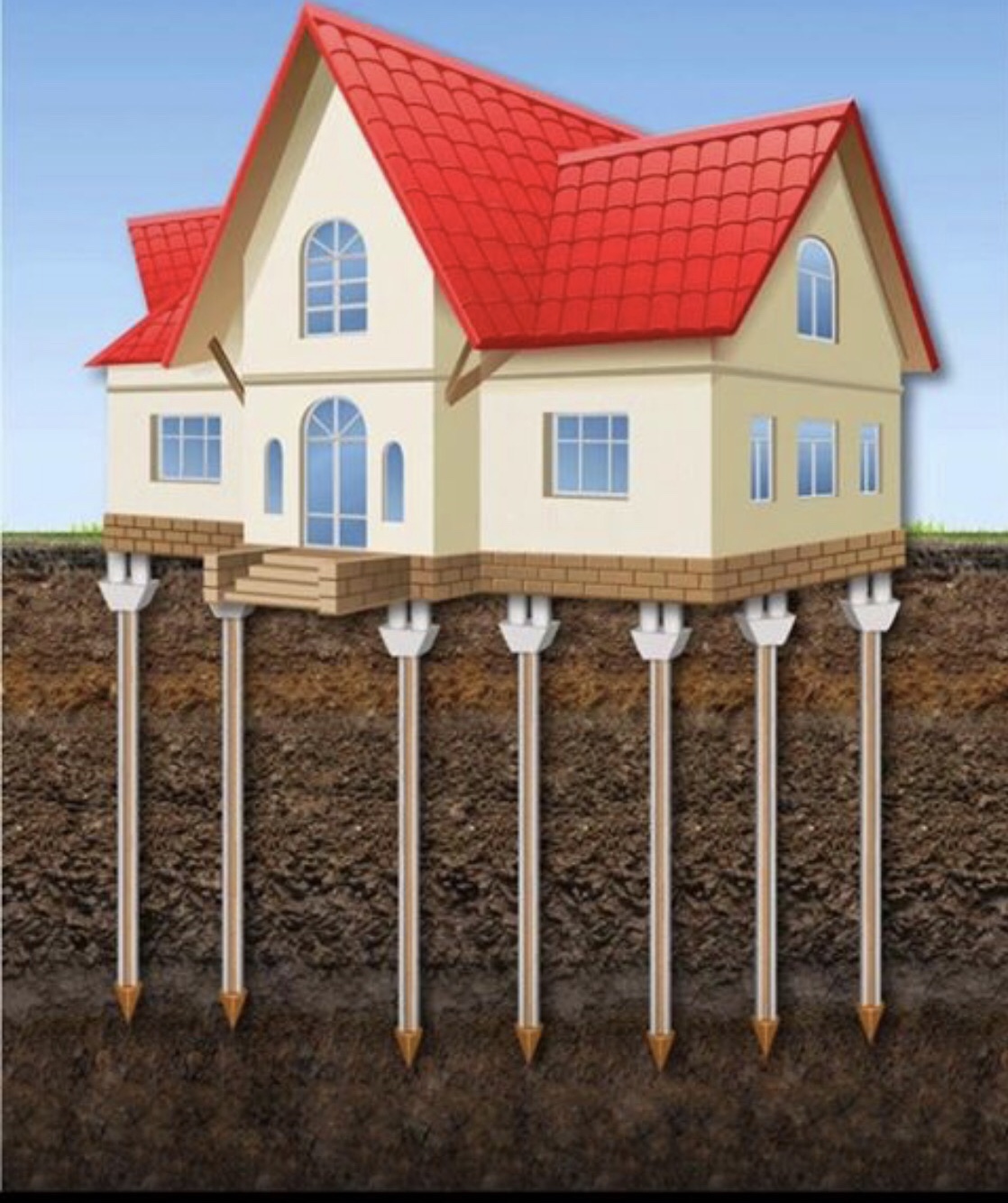
Common Signs Your Pier and Beam Home Needs Leveling
If your pier and beam foundation is settling unevenly, the symptoms won’t stay hidden for long. Because the foundation supports the entire structure, even small shifts beneath the surface can cause visible—and often disruptive—problems inside your home. These signs are more than cosmetic flaws; they’re often the first indicators that your home may need professional house leveling.
- Sloping or Soft Floors – When a foundation begins to sink or tilt, the floors above it typically follow. You might notice that furniture leans slightly or that balls or other objects roll across the floor. In some cases, parts of the floor may feel “soft” or sag when walked on, indicating that beams or joists are weakening. These conditions suggest that the support system under your home is compromised and no longer providing even stability.
- Doors and Windows That Stick or Don’t Latch – One of the most common signs of foundation problems is interior or exterior doors that suddenly won’t open or close properly. As the foundation shifts, it causes door and window frames to become misaligned, leading to sticking, latching issues, or even visible gaps between the frame and wall. Windows may also become difficult to slide or tilt open, often mistaken for humidity-related swelling when the issue lies beneath the home.
- Cracks in Drywall or Ceiling Corners – Cracks in your walls—especially diagonal ones radiating from doorways, windows, or ceiling corners—are a red flag for uneven foundation settlement. These cracks appear as stress points form due to uneven pressure being distributed through your home’s framing. While hairline cracks can occur from minor settling, larger or widening cracks are strong indicators that your foundation needs immediate attention.
- Gaps Between Floors and Baseboards – Noticeable gaps forming between your floors and baseboards, or between walls and ceilings, often signal that part of the house is sinking or pulling away from the rest of the structure. These gaps may appear gradually but will become more prominent as the settling progresses. If you’ve started to see light peeking through floor-level trim or misalignment between finishes, your home may be shifting out of level.
- Bouncy or Springy Flooring – In pier and beam homes, you may feel the floor bounce slightly when you walk across certain areas—especially in the middle of rooms. This “springy” feeling is often the result of deteriorating joists or beams that no longer provide the same level of structural support. It’s especially common in older homes where wood has been exposed to moisture or pest damage over time.
Each of these issues on its own could be minor, but when you notice two or more occurring together—or see them progressively getting worse—it’s time to bring in a foundation expert. Ignoring the early signs can result in more severe structural issues, including rotting framing, compromised support beams, and higher repair costs down the road.
How House Leveling for Pier and Beam Homes Works
House leveling for pier and beam homes involves accessing the crawl space, assessing structural components, and making adjustments to restore balance and support. Here’s what the process typically includes:
Crawl Space Inspection and Structural Assessment
A foundation repair team will first enter the crawl space to inspect all components, including:
-
Concrete or block piers
-
Wooden beams and joists
-
Moisture levels and any signs of mold or wood rot
Using elevation readings, the contractor determines how much the home has shifted and where adjustments are needed.
Re-Shimming and Pier Adjustments
Shimming involves adding or adjusting small wooden or composite wedges between the beams and piers to correct minor shifts. If certain piers have sunk or deteriorated, they may be replaced or supplemented with additional piers for support.
Beam and Joist Replacement When Necessary
If wooden beams or joists show signs of severe moisture damage, sagging, or rot, they are replaced with new treated lumber. Damaged or broken framing compromises the home’s ability to remain level and stable.
Moisture and Drainage Solutions for Long-Term Stability
Because moisture is a common cause of pier and beam foundation issues, proper drainage and crawl space ventilation are crucial. A repair plan may include:
-
Installing French drains or surface drainage systems
-
Laying vapor barriers in the crawl space
-
Improving slope grading around the home
-
Adding vents or fans to reduce humidity under the house
Challenges Specific to Pier and Beam Foundation Repairs
While these foundations are more accessible than slabs, they come with their own challenges:
-
Tight crawl spaces may limit repair access and require digging.
-
Widespread wood damage in older homes often leads to more extensive beam or joist replacement.
-
Varying soil stability beneath piers can complicate leveling and require additional supports.
Despite these issues, house leveling is often simpler and more cost-effective for pier and beam foundations than for concrete slabs.
Why Professional House Leveling Services Are Essential
Attempting DIY repairs on a pier and beam foundation is not only unsafe—it’s often ineffective. A professional contractor understands how to assess elevation differences, identify load-bearing points, and ensure structural balance across the entire home.
At Discount Foundation Repair Specialists, we specialize in house leveling for pier and beam homes in Fort Worth, Irving, and Grapevine. Our team provides:
-
Free inspections with detailed evaluations
-
Expert beam, joist, and pier replacement
-
Crawl space moisture control and drainage solutions
-
Long-lasting results backed by warranty
Think your pier and beam foundation needs leveling? Call Discount Foundation Repair Specialists today to schedule your FREE evaluation. Get peace of mind knowing your home is stable, safe, and secure for the future.


